Case studies and presentationsLivestreamPoster
Poster will be on display in the Thinking Space for the duration of the conference.
Time
Thursday 23 February
3:30pm
Location
Auditorium
Speaker
Laura Boland
Broker – Science Communications
Advisory & Intelligence, Applied Sciences, Environment Protection Authority Victoria
Abstract
People affected by an environmental pollution issue often don’t have a choice but to become interested in that issue. Scientific information can play a role in helping those people understand the issue more clearly and make important decisions to protect their own health. But so often, offering a scientific understanding alone isn’t enough to allay fears or concerns within the community. To communicate science effectively, we need to consider how to build trust and understand the community’s needs; then work out where science fits into the picture.
As a science communicator working with a state government agency – Environment Protection Authority Victoria (EPA) – it’s my role to package scientific information for an audience; but there are additional layers of consideration I find myself applying to that information to anticipate the possible effects that information could have in context. Considerations such as possible misinterpretations, level of trust in government, the diversity of the interested audience, political interests, organisational reputation, and others.
To help develop appropriate science content, I draw on in-house expertise in community engagement, social science, news media, and intelligence functions as we endeavour to gain a better understanding of our audience to find the right balance between offering a scientific understanding for those who want it and supporting those with non-scientific concerns.
In this way, my poster will visually represent the consideration pathways I often pass through in developing science content for EPA audiences, drawing on recent case studies of environmental pollution.







Leave a Reply